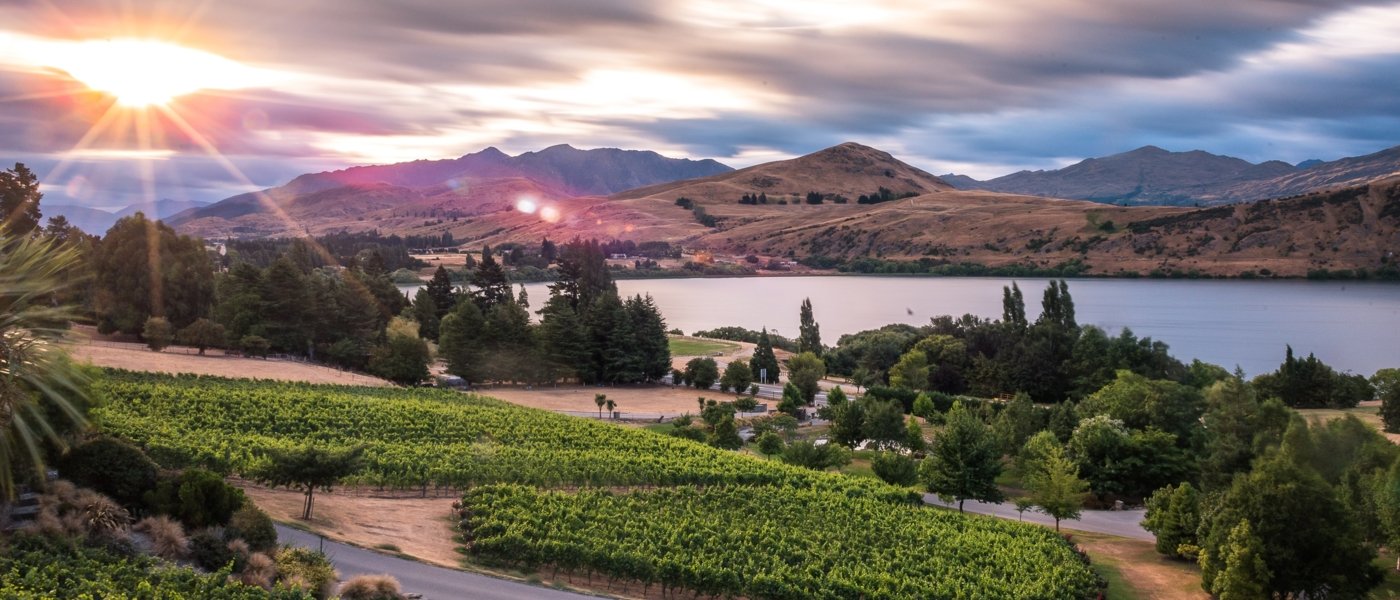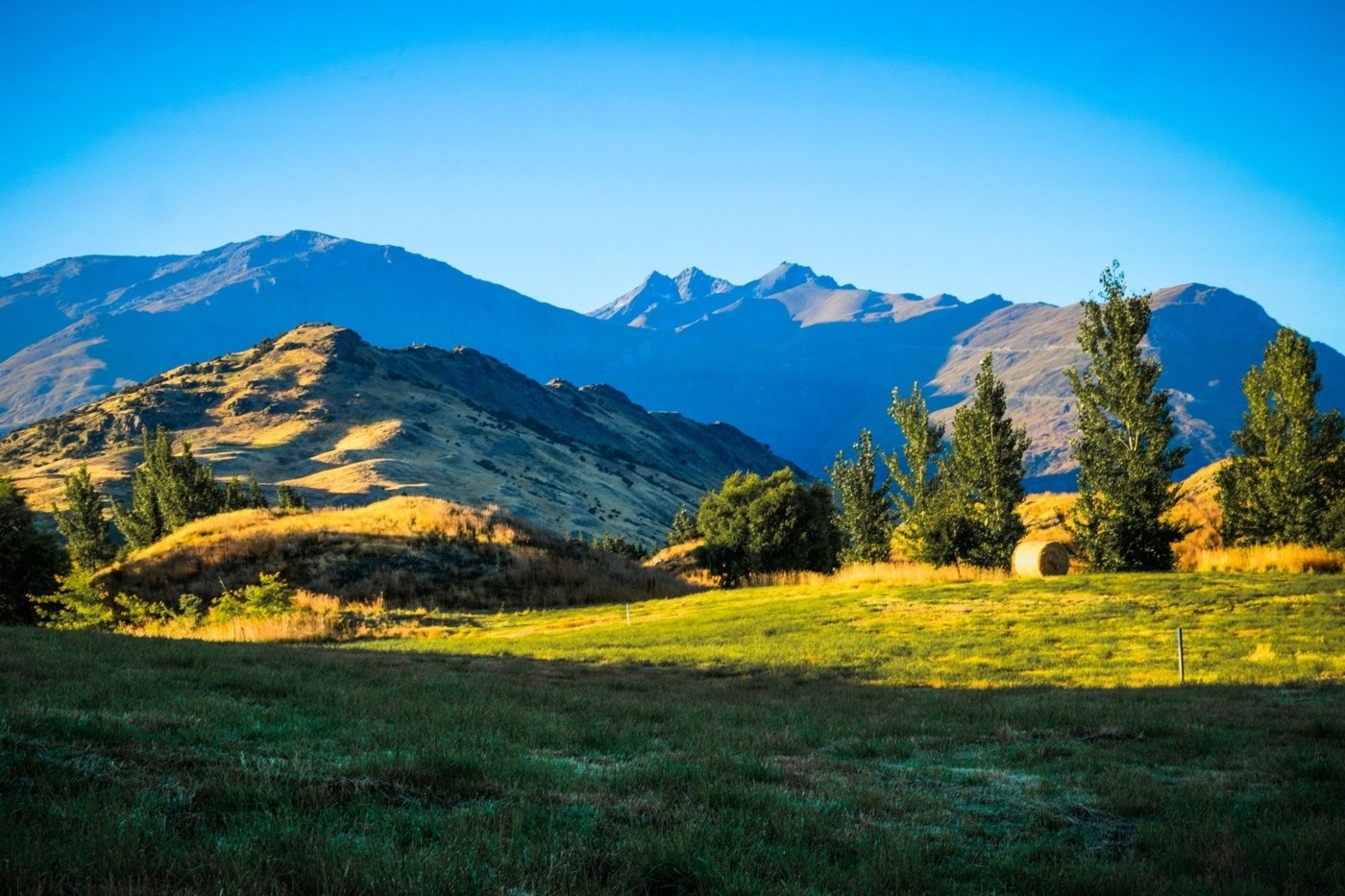In the last 20 years, the number of wine producers in Central Otago has risen tenfold – there are now around 200 vineyards near Queenstown covering almost 2,000 hectares and contributing 2.4% of premium wines towards New Zealand’s entire production. Pinot Noir – with a variety of expressions produced from various sub regions – still reigns supreme (75%) in the best vineyards Queenstown boasts, although some excellent aromatic whites such as Riesling, Chardonnay and Pinot Gris also flourish here. Over 50 wineries can be explored as part of the Queenstown Wine Trail as part of what some critics claim is among the top five wine growing regions in the world, and arguably the most scenic with snow-capped mountains tumbling towards glistening rivers and lakes carved by imposing valleys. Queenstown has also been voted as the world’s friendliest city by readers of Condé Naste Traveller, and includes other nearby natural attractions such as the country’s highest peak Mount Cook, spectacular glaciers and the Milford Sound – New Zealand’s answer to the Grand Canyon.
Central Otago’s original pioneer Brady believes there is reason to be optimistic for the future of Queenstown vineyards, saying: ‘There are very few places where pinot noir grows so easily and produces such consistently good wines. Older vines produce more distinguished wines, so as our vineyards mature the future looks very bright.’
If you are interested in exploring vineyards near Queenstown, contact Wine Paths local expert for more information and inspirational ideas before planning an exclusive bespoke trip.
If you're interested in one of our New Zealand Wine Tours, please visit this link.








